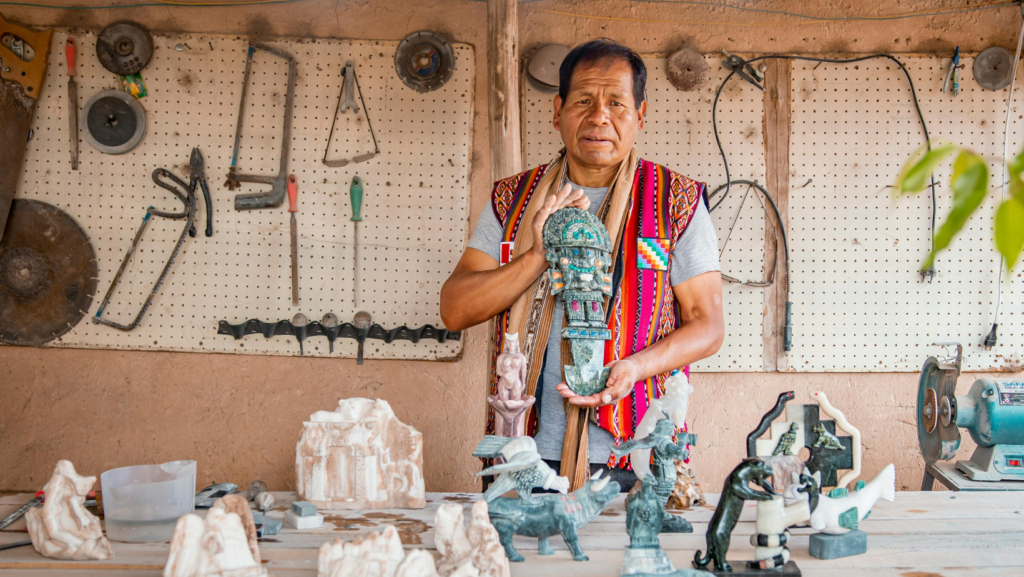Exploring local heritage example offers a glimpse into the rich tapestry of history, culture, and traditions that shape a community. Whether it’s a centuries-old building, a unique culinary tradition, or a vibrant festival, local heritage serves as a living testament to a region’s past. These elements not only define a community’s identity but also attract visitors eager to experience authentic cultural expressions.
In the heart of many towns and cities, local heritage sites stand as proud symbols of resilience and continuity. They tell stories of triumph, struggle, and innovation, providing invaluable insights into the lives of those who came before. By preserving and celebrating these treasures, communities foster a sense of belonging and pride among residents while offering visitors a chance to connect with history in a tangible way.
Embracing local heritage example enriches our understanding of the world and strengthens the bonds that unite us. Through these cherished examples, the past is honored, and the future is inspired.
Local Heritage Example

Local heritage example encompasses the cultural and historical elements that define a community’s identity. It includes tangible assets like architecture and artifacts, and intangible aspects such as language and customs. These heritage components offer a profound connection to the past, revealing cultural narratives that shaped the community’s development.
Heritage sites like museums, battlefields, and sacred spaces provide insights into the collective memory of a place. Museums house objects that tell stories of artistry and innovation. Battlefields serve as reminders of courage and sacrifice. Sacred spaces reflect spiritual beliefs and communal values.
The Importance of Local Heritage
Local heritage acts as a vital anchor for communities, grounding them in their unique identities. Understanding its significance helps preserve the roots and traditions that distinguish different cultures.
Cultural Significance
Local heritage embodies a community’s cultural richness by maintaining traditions and customs. Cultural expressions, such as traditional festivals, rituals, and crafts, offer insights into communal values and worldviews. These elements connect people to their history, fostering a deep sense of identity and belonging. Engaging with cultural heritage promotes understanding and respect among diverse groups, nurturing social harmony.
Economic Impact
Local heritage boosts economic development by attracting tourism and generating revenue. Heritage tourism, including visits to historical sites, museums, and cultural festivals, draws both domestic and international tourists seeking authentic experiences. This influx supports local businesses, creates job opportunities, and stimulates investment in infrastructure. Additionally, revitalizing heritage sites can lead to community regeneration, improving the quality of life for residents. Sustainable management ensures these economic benefits continue while preserving cultural assets for future generations.
Local Heritage Example: [Specific Site/Tradition]

The Alamo, located in San Antonio, Texas, serves as a poignant example of local heritage. This iconic site represents both historical significance and cultural influence within the community.
Historical Background
Colonial forces built the Alamo in the 18th century as a mission. It transitioned to a military fortress during the Texas Revolution. In 1836, it witnessed a pivotal battle where defenders fought for Texas’ independence from Mexico. This battle, despite the defenders’ defeat, symbolized tenacity and sacrifice, becoming a rallying cry for Texan freedom.
Cultural Relevance
The Alamo stands as a symbol of courage and resilience. It attracts millions yearly, becoming a focal point for education and remembrance of the struggle for Texan independence. The site hosts reenactments, commemorations, and serves as a platform for cultural heritage discourse. It underscores the collective memory and identity, forging connections between past and present through shared narratives.
Preservation Efforts

Preservation efforts play a crucial role in safeguarding local heritage, ensuring its continuity for future generations. By actively engaging in such initiatives, communities and governments help protect and celebrate historical and cultural assets.
Community involvement is vital in preserving local heritage. Residents often take active roles by participating in restoration projects, volunteering at local museums, and organizing cultural festivals. Historical societies and local advocates raise awareness about the importance of heritage conservation through workshops, social media campaigns, and educational programs. By fostering a sense of stewardship, these efforts help communities retain their unique identities.



